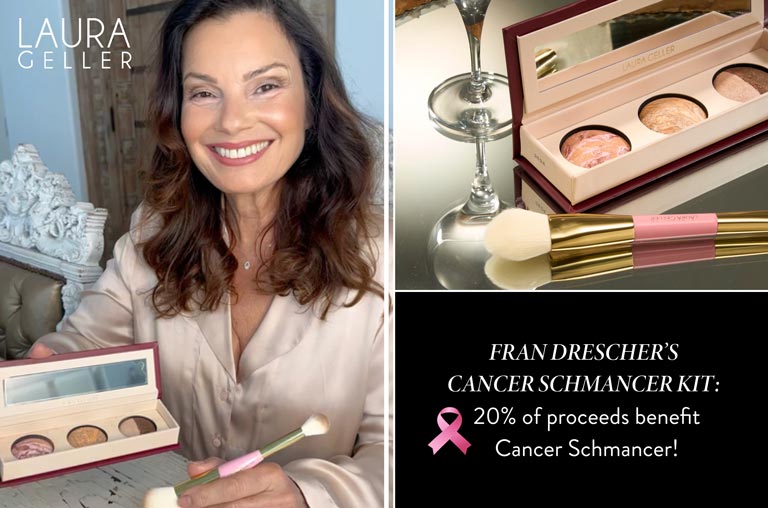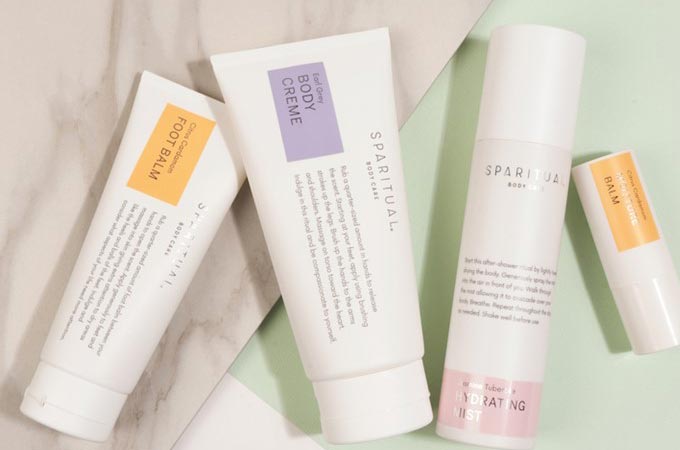Get Out There! 8 Sun Safety Strategies
Do you depend on sunscreen for skin protection? Millions of Americans do, but they shouldn’t. Melanoma rates are increasing. The consensus among scientists is that sunscreens alone cannot reverse this trend. Yet a good sunscreen can play role in preventing sunburns that are a major risk factor for melanoma – provided you use it correctly.
1. FDA’s sunscreen rules have changed but products haven’t improved.
The federal Food and Drug Administration put new sunscreen rules into effect in 2012, but they have had little impact on the sunscreen market and could actually make things worse for consumers. FDA rules allow most sunscreens to claim they offer “broad spectrum” skin protection and also that they can reduce skin cancer risk. However, EWG’s assessment of 462 beach and sport sunscreens on the market this year spotted significant problems.
2. There’s no proof that sunscreens prevent most skin cancer.
Rates of melanoma – the most deadly form of skin cancer – have tripled over the past 35 years. Most scientists and public health agencies – including the FDA itself – have found very little evidence that sunscreen prevents most types of skin cancer.
3. Don’t be fooled by high SPF
High-SPF products tempt people to apply too little sunscreen and stay in the sun too long. The FDA has proposed prohibiting the sale of sunscreens with SPF values greater than 50+, calling higher SPF values “inherently misleading,” but it has not issued a regulation that carries the force of law. Fifteen percent of sunscreens evaluated in EWG’s sunscreen database advertise SPF values greater than 50+.
























